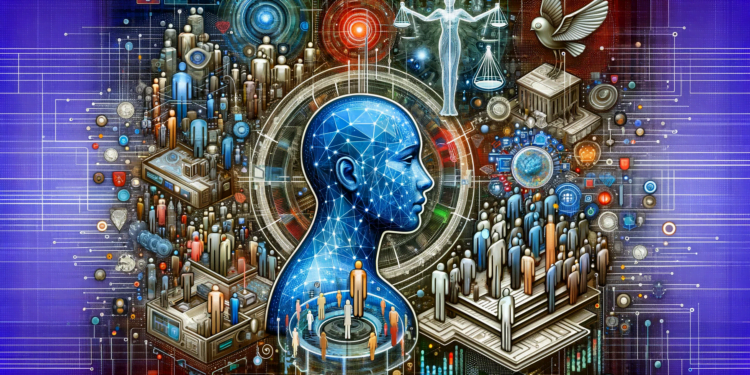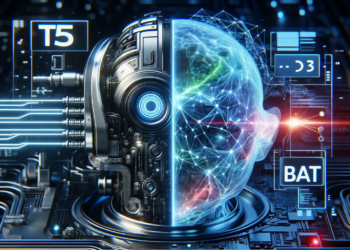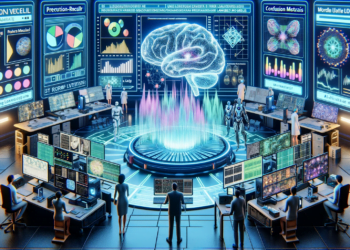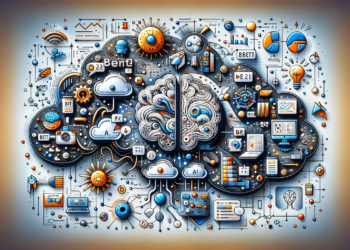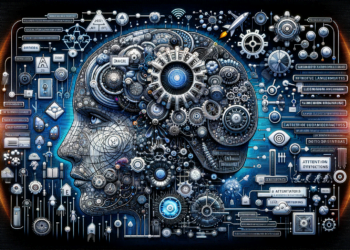Artificial Intelligence (AI) has seen an exponential growth in its capabilities, thanks to the advancement of language models such as GPT-3, BERT, and more recently GPT-4, whose complexity and performance have surpassed initial expectations. However, as their ability to generate and understand text with apparent human comprehension improves, concerns about inherent biases and the ethical implications of these advanced systems arise. The following addresses these challenges with a technical focus and outlines the most promising research avenues in this crucial area of AI.
Biases in Language Models: Understanding and Mitigation
Identifying and mitigating biases in language models is of utmost importance to ensure equitable decisions and outcomes. Recent research suggests that biases may arise at different stages of model development: from the collection of training data, through algorithm design decisions, to users’ interpretations of their outputs.
Detecting Biases in Training Corpora
The first line of defense against biases involves analyzing and purifying training corpora. Often, these datasets reflect historical and social prejudices present in human texts. Ferrer and Rajpal (2021) proposed an approach that uses word embeddings to quantify biases, allowing the identification of discriminatory patterns before the model’s training stage.
Debiasing Strategies in Model Training
To minimize biases during training, the adoption of regularization methods and bias-countering techniques has proven effective. Zhang et al. (2018) introduced an adversarial-based regularization technique to reduce the model’s ability to make biased predictions, forcing the model to learn neutral representations of the data.
Strategic Bias Countering Post-Training
Once the model is trained, it is critical to continue mitigating biases by adjusting the generated responses. Huang et al. (2019) explored the use of automatic ‘debiasing’ which redirects model outputs to lessen the manifestations of prejudice, by applying real-time post-processing procedures.
Ethical Considerations and Regulatory Framework in AI Development
Ethics in AI is not just a philosophical add-on but a theoretical and practical necessity. The configuration of language models concerns not only developers and data scientists but also philosophers and legislators. Transparency, accountability, and equity must be cardinal principles in the development of these systems.
Transparency and Explainability of Language Models
Given the ‘black box’ nature of many language models, it is imperative that methodologies for interpreting model decisions—like the LIME method (Local Interpretable Model-Agnostic Explanations)—become an integral part of their design, as advocated by Ribeiro et al. (2016). These methods shed light on how input features are influencing model outputs, allowing for critical scrutiny of their decisions.
Responsibility in AI Systems Implementation
Cernasov and Yampolskiy (2020) argue that assigning responsibility in the event of ethical failures of an AI model is a challenge we have not yet adequately resolved. Demarcating responsibility among the developer, the operator, and the system itself is an open issue that requires deep reflection and regulation.
Equity and Social Justice
Equity in AI requires that the model treat all users and social groups fairly, a goal that has not yet been reached. Benjamin (2019) highlights that AI models, particularly in the facial recognition industry, have exhibited uneven performance based on gender and skin tone of individuals.
Future Directions in AI: Moving Towards Ethical and Understandable Use
The future of language models in AI seems to be heading towards a greater integration of ethical principles and bias correction. The adoption of multidisciplinary approaches that incorporate perspectives from social sciences and humanities into the design and evaluation process of models is a growing trend.
Inclusion of Ethical and Social Framework
It is imperative that the next generation of language models pursue a holistic approach that includes ethical and social components from their inception, as initiatives like the ‘Algorithmic Justice League’ suggest.
Responsibility and Regulatory Framework
A well-defined regulatory framework that sets clear boundaries and action protocols in response to ethical malfunctions of AI systems is paramount. The European Union, with initiatives like the GDPR, is a pioneer in this respect and sets a precedent for other economic blocks.
Expansion of Training and Testing Data Sets
To ensure fairness, data sets must be broadly representative and continuously reviewed. The possibility of creating ‘antibias’ corpora that serve as a counterbalance to existing biases is being investigated.
These advancements, along with case studies such as the analysis of AI’s impact on judicial sentencing and credit trajectories, illustrate an intention to guide the practical application of AI towards a more just and equitable terrain, where technology genuinely serves society in its diversity and complexity. The path towards a bias-free and ethically responsible AI is complex and challenging, but it is a journey that must be undertaken with determination and a clear vision of human and technological potential united for a common future.

